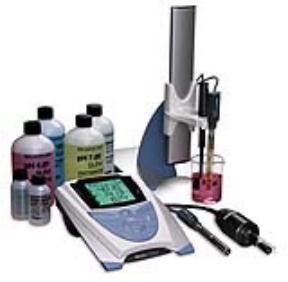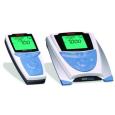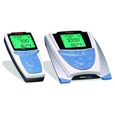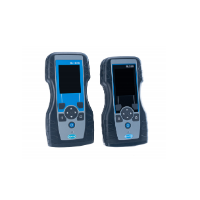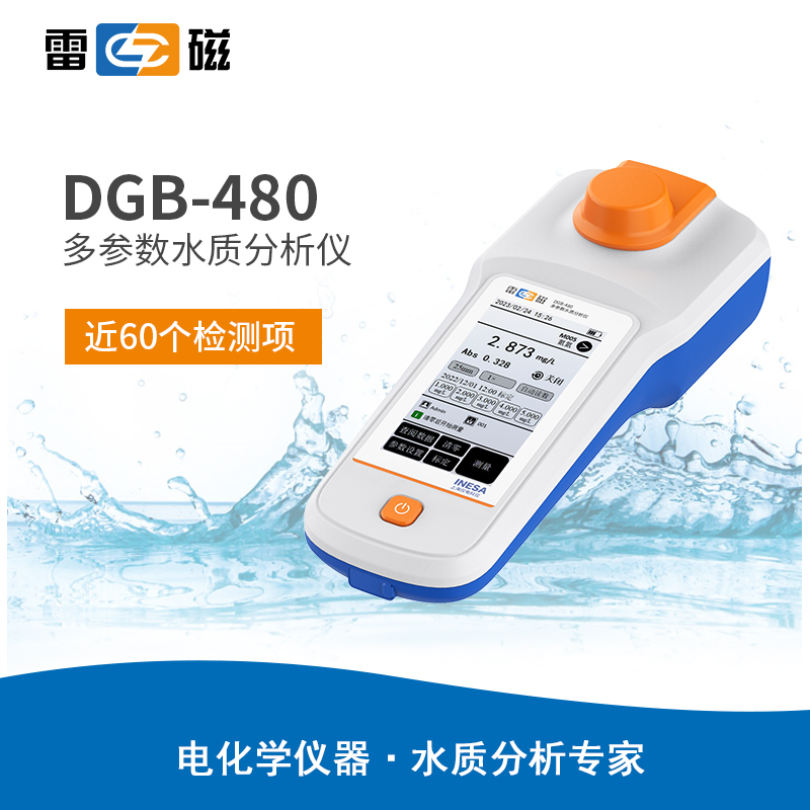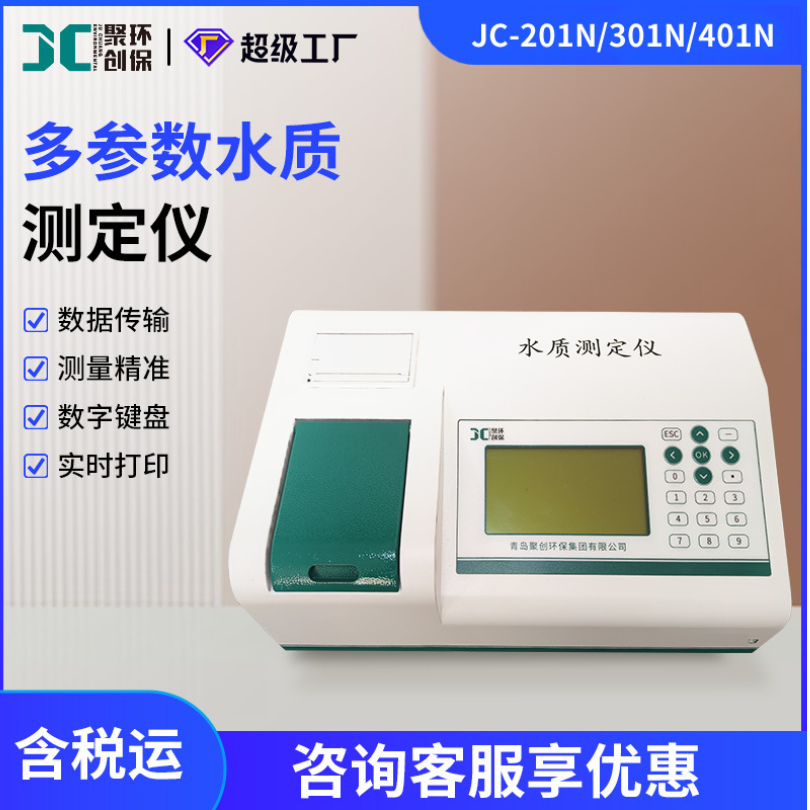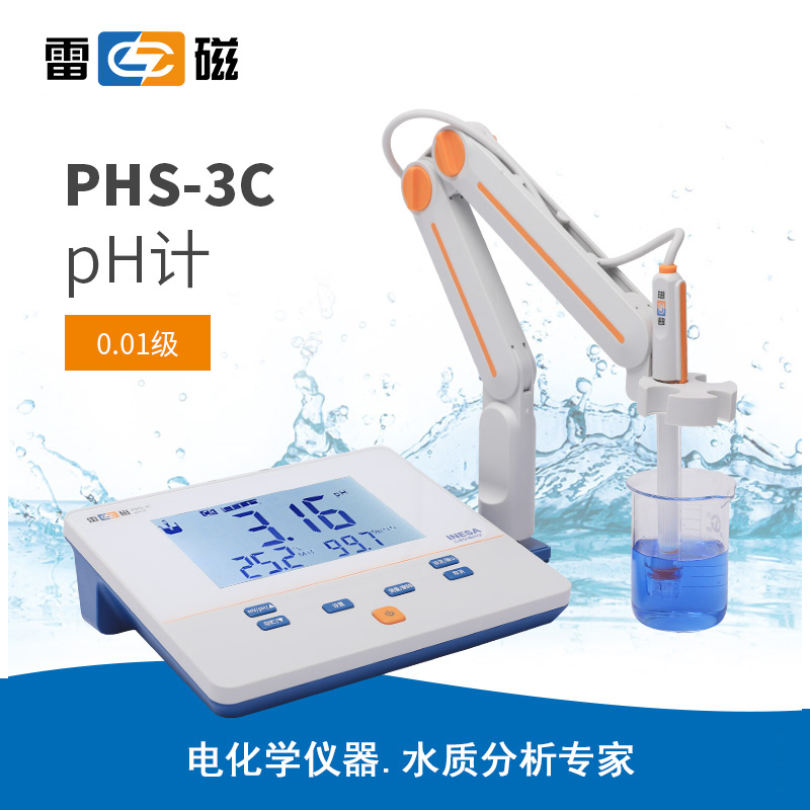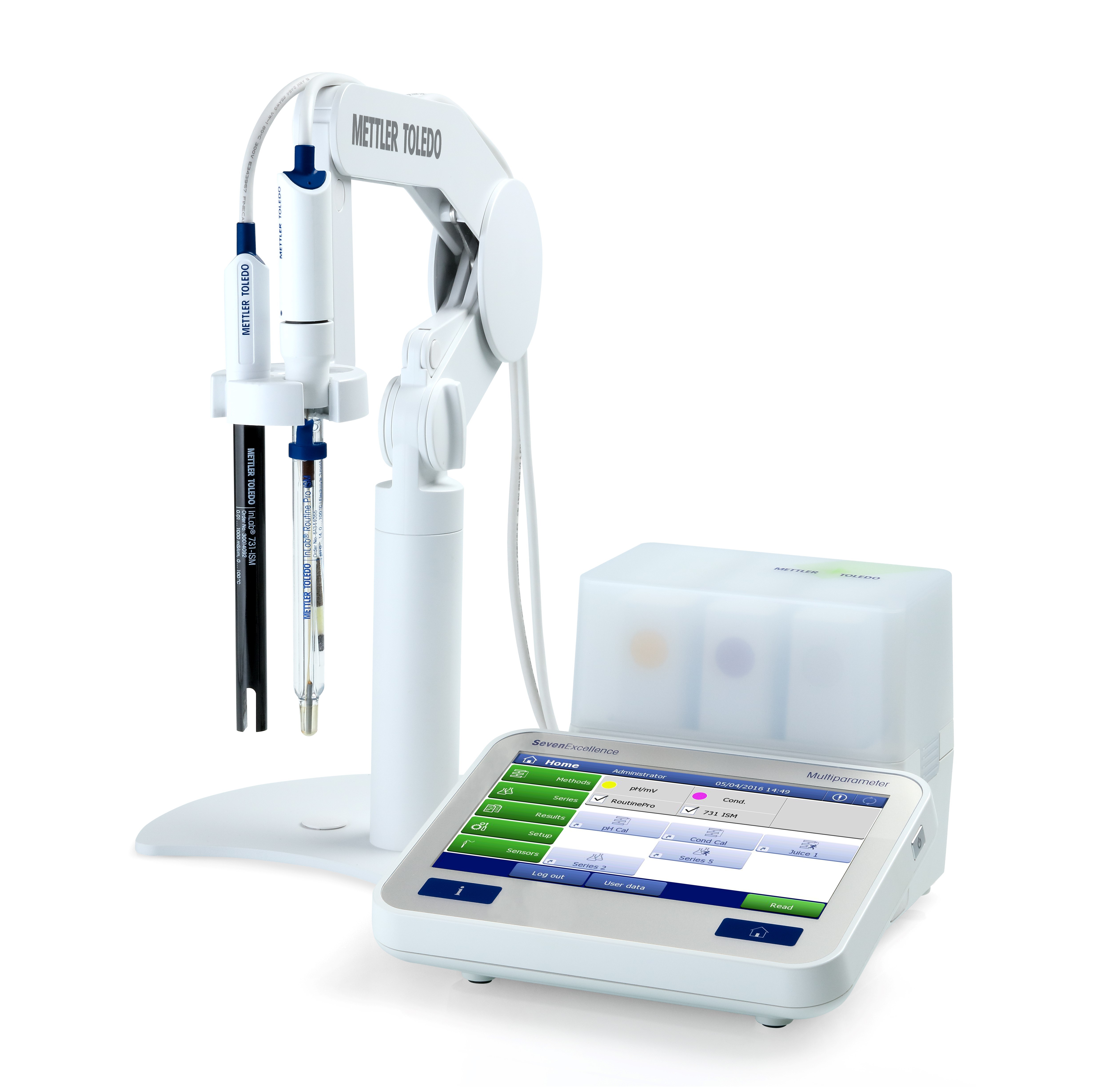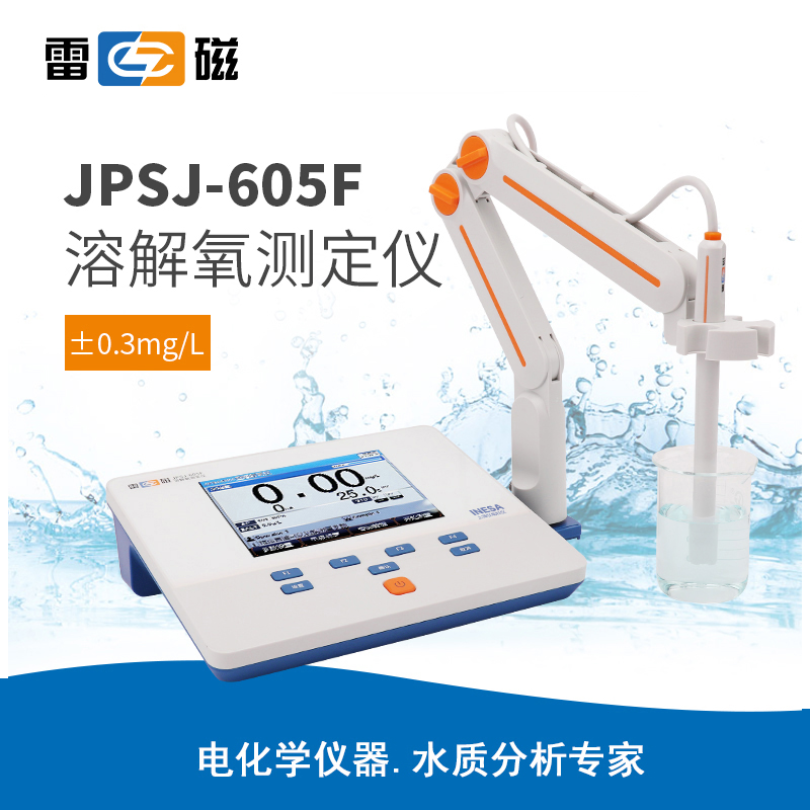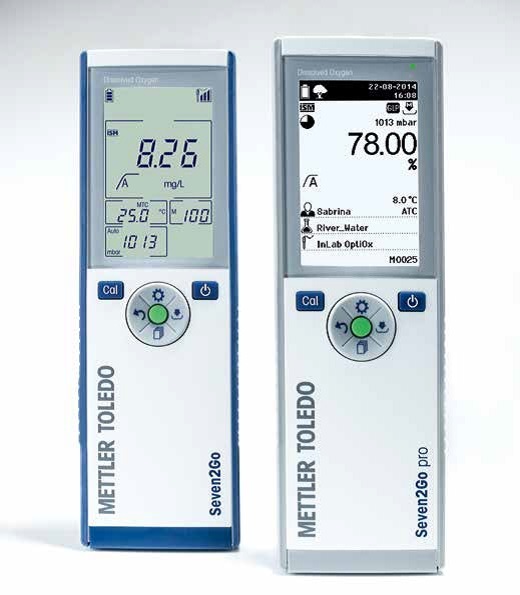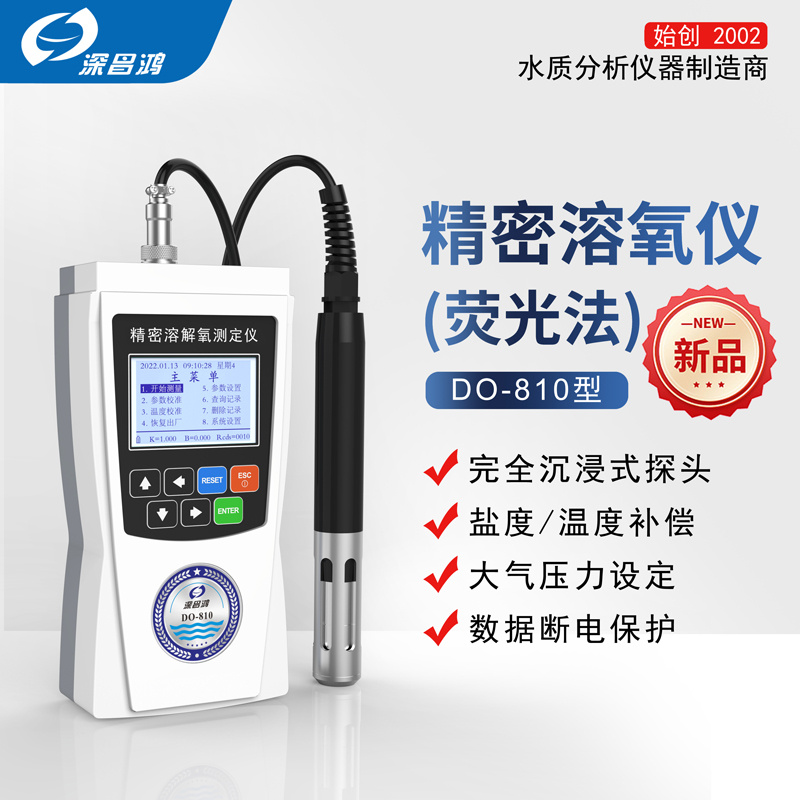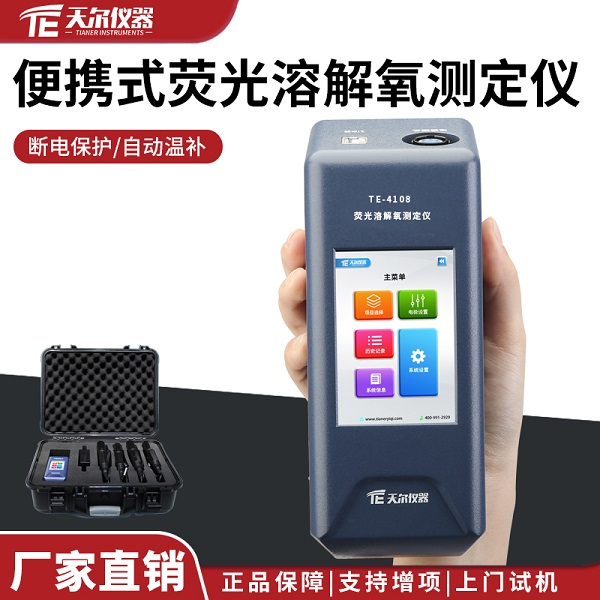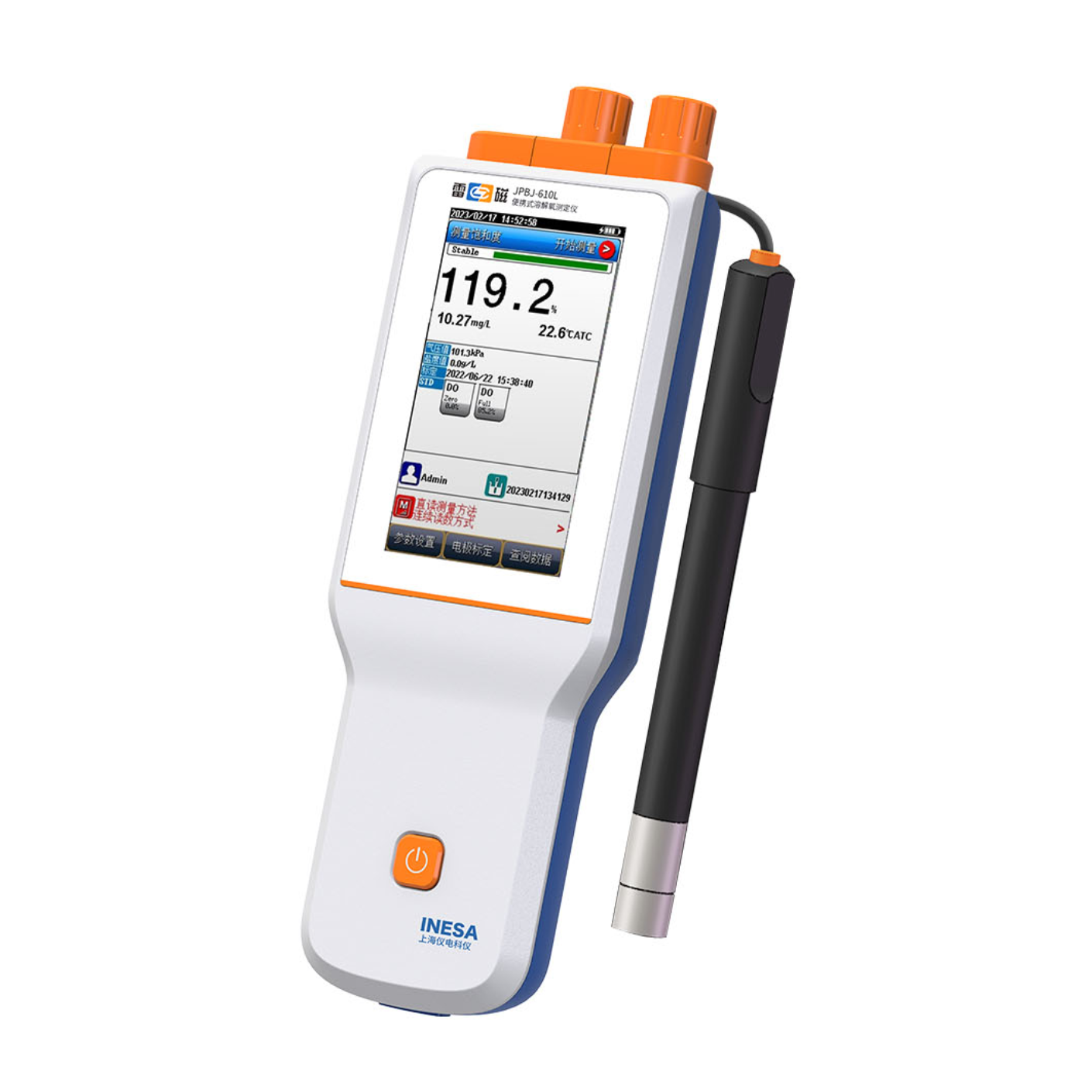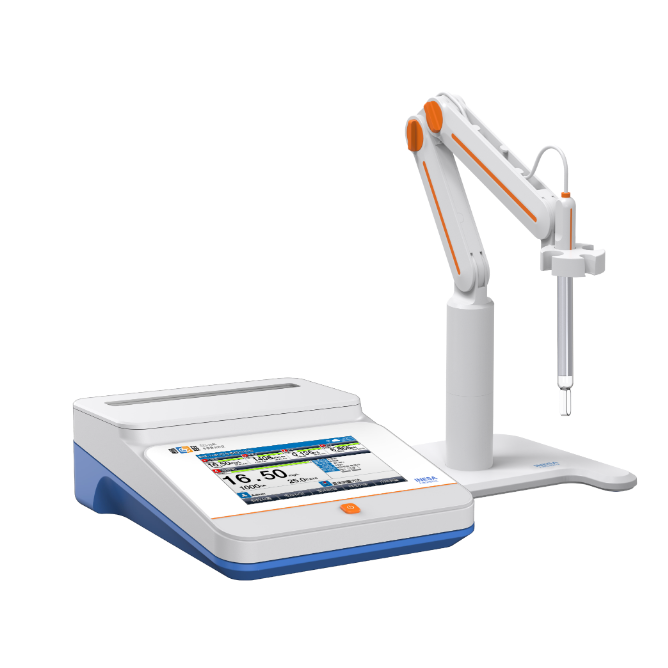本文章详细介绍了海水中溶解氧的测定,包括校准液、水样的准备,校准和测量过程,以及电极和仪表的维护等内容。
方案详情

DO inSalt WaterDO inSalt Water DO inSalt Water Star SeriesMethod Note M-1015-E 03/05 RevB 10. Press the LINE SELECTION key to select the middle line, and press the DOWN arrow key to select“bAr”which is an abbreviation for barometric pressure compensation type (AUtO/mAn). ·DissolvedOxygen Introduction 11. Press the LINE SELECTION key to select the bottom line. Press the UP or DOWN arrow keys toselect“AUtO”for barometric pressure compensation type. Press the LINE SELECTION key to acceptsetting. · Salt Water·Dissolved 12. Press the LINE SELECTION key to select the middle line, and press the UP or DOWN arrow keysto select“CALtto select the DO Calibration type selection. Oxygen Probe The analysis of Dissolved Oxygen (DO) is a key test in water pollution control activities. Not only is ashortage of dissolved oxygen a sign of pollution, but also the presence of DO is critical to the survival ofaquatic plants and animals. This procedure describes a field method for measuring DO in salt water. DOconcentration is determined with a temperature-compensating meter that works with a polarographicmembrane-type sensor. 13. Press the LINE SELECTION key to select the bottom line. Press the UP or DOWN arrow keys toselect “Air" for“CALt". Press the LINE SELECTION key to accept the setting.14. Press the MEASURE key to return to the measurement mode. The membrane electrode procedure is based on the rate at which oxygen molecules diffuse (or passthrough) a membrane covering a set of electrodes. The oxygen molecules react with an internal fillingsolution to develop a small electrical charge between the electrodes, which can be read on a meter. Thereadings on the meter correspond directly to the amount of DO present in the sample. If all steps were followed correctly the meter display will show two digits in the bottom line and“mg/L”tothe right of the bottom line. The meter and electrode are now ready for calibration. Calibration and Analysis 1. Before calibration and measurement, be sure that the probe has polarized for at least 30 to 50 minutes,the air calibration chamber has had at least 10 to 15 minutes to attain proper humidity and airsaturated water samples have been properly aerated with oxygen. 2.Place the electrode into the calibration chamber and insure that the calibration chamber is wet and hasbeen given proper time to come to equilibrium. 3.Press the CALIBRATE key to activate calibration. Recommended Equipment Cat. No. DO Application Package (includes all items with a Cat. No.) 1010116 1. 4-Star portable pH/DO meter 1216000 2.D1issolved Oxygen Probe 083010MD 3.Ross Ultra Combination pH electrode 8156BNUWP 4. Rubber armor for portable meter 1210002 5. Electrode storage sleeve 1210003 6. Soft field case 1210004 Required Solutions Cat. No. 4.When the arrow to the left of the DO screen stops flashing, press the CALIBRATE or MEASURE keyto accept the calibration and to return to MEASURE mode. 1. DO Electrolyte Solution 080514 5.Rinse the electrode thoroughly with deionized water. Gently remove excess solution from the outersleeve of the electrode by dabbing with a clean paper tissue. Do not wipe or rub the sensing element. 2.D1eionized water 6.Place the electrode directly in the body of water with the electrode tip fully immersed in the solution. Calibration Standard Preparation 7. Swirl the electrode to provide sufficient sample flow across the membrane surface to overcome anerratic response. 1. Remove the cap/reservoir from the bottom of the electrode sleeve/holder on the back of the meter. 8.Press the MEASURE key on the meter. The “mg/L”icon will flash as the measurement is being made.The“mg/L” icon will become solid and the display value will freeze when a stable reading is achieved.This value is logged and printed automatically. 2. Take the sponge out and saturate with water. Be sure to squeeze excess water out of the sponge beforereplacing it in the cap/reservoir, positioning it so it cannot touch the electrode membrane. 3. Re-attach the cap to the bottom of the sleeve/holder. 9.Repeat steps 6, 7 and 8 for additional samples. Sample Preparation Upon completion of samples, rinse electrode with deionized water and store the electrode according toinstructions in the Electrode Storage section of this method note. Field dissolved oxygen measurements can be performed by immersing the electrode directly in the bodyof water. ( Environmental Instruments Water Analysis Instruments ) www.thermo.com 166 Cummings CenterBeverly, MA 01915 USAM-1015-E 03/05 RevB248075-001 Toll Free: 1-800-225-1480Tel:1-978-232-6000Dom. Fax:1-978-232-6015IntlFax:978-232-6031www.thermo.com/waterO2005 Thermo Electron Corporation RegisteredIS O9001:2000 All rights reserved Results Five samples of salt water were measured for Dissolved Oxygen. The data in the table below is representative ofthe results expected for DO in salt water. Salt Water Dissolved Oxygen, mg/L Sample #1: 6.62 Sample # 2: 6.40 Sample # 3: 6.66 Sample #4: 6.56 Sample # 5: 6.85 Mean: 6.62 Standard Deviation: 916%CV: 2.46 Electrode Storage For short-term storage, overnight or between measurements, the probe should be kept in a moist environment...The probe should remain plugged into the meter and stored in the calibration sleeve or instrument quiver.For long-term storage, disconnect the probe from the meter, remove the membrane cap, clean and drythe probe. Equipment Setup Electrode Setup (the numbers in parentheses correspond to the diagram below) 1The probe is shipped with electrolyte and polishing paper. If the probe is new or has been unplugged formore than an hour, polarization will take 30 to 50 minutes. 2The recommended maintenance interval is 3 months.3To perform maintenance, remove the probe body sleeve (6) by unscrewing it. .44. Remove the probe retainer nut (5) from the retainer (4) by unscrewing it. 5.Slide the probe out of the retainer so that the clamping ring (2) can be removed without obstruction. 6 Continue pulling the probe cable (1) through the retainer, taking care not to lose the clamping ring. 7.Slide the clamping ring away from probe cap(3) and off of the strain relief so that it can easily be removedfrom the probe cable. 8.Remove the membrane cap. 9. Clean the gold cathode with polishing paper with a drop of ionized water. 10. Polish the cathode for a period of approximately 10 seconds and then wipe the cathode with alintless tissue. 11. Take the membrane cap assembly and fill halfway with DO electrolyte solution 080514. 12. Attach the membrane cap with electrolyte to the DO probe and tighten cap until "finger tight”. 13. Assemble the Protective sleeve. 14. Place the probe cable (1) into the slot in the clamping ring (2) with the recessed side placed upon the topof probe cap (3). 15. Insert the probe DIN connector into the threaded side of the retainer (4) and pull the cable through thehole until the clamping ring is seated flush in the retainer. 16. Slide the probe retainer nut (5) over the probe body, and screw it into retainer threads until finger tight.Do not over tighten the probe retainer nut. 17. Screw the probe body sleeve (6) onto the retainer threads until finger tight. Meter Setup-4-Star portable For initial meter setup, follow the steps on the Reference Panel that is attached to the meter itself. The QuickStart Guide included with each meter also contains a layout of the meter keypad for reference. The words inthis method in all capital letters such as POWER indicate a key on the meter, and words in quotations such as“Unit"indicate information on the meter display. 1. Connect the DO probe to the meter. 2.Press the POWER key on the meter to turn the meter on. 3.Note that the arrow on the left of the screen indicates the active line. If the bottom line is not active, pressthe LINE SELECTION key to change the selected line to the bottom line. The DO measurement isactive. 4.Press the SETUP key to enter DO Setup. Press the LINE SELECTION key to select the middle line. Pressthe UP or DOWN arrow keys to select “rES”mg/L, which is an abbreviation for resolution and desiredresult units (mg/L or % sat). 5.Press the LINE SELECTION key to select the bottom line. Press the UP or DOWN arrow keys to select“0.01”for “rES”which is an abbreviation for resolution. Press the LINE SELECTION key to acceptsetting. 6.Press the LINE SELECTION key to select the middle line, and press the DOWN arrow key to select“SAL” which is an abbreviation for salinity correction factor type (AUtO/mAn). .7..Press the LINE SELECTION key to select the bottom line. Press the UP or DOWN arrow keys to select“mAn”for salinity correction type. Press the LINE SELECTION key to accept setting. 8.Press the LINE SE41LECTION key to select the middle line. Press the UP or DOWN arrow keys to select“P”SALF” which is an abbreviation for manual salinity correction factor. 9.Press the LINE SELECTION key to select the bottom line. Press the DECIMAL/DIGIT key and UP orDOWN arrow keys to select “33”for “SALF”. Press the LINE SELECTION key to accept setting. of of
确定
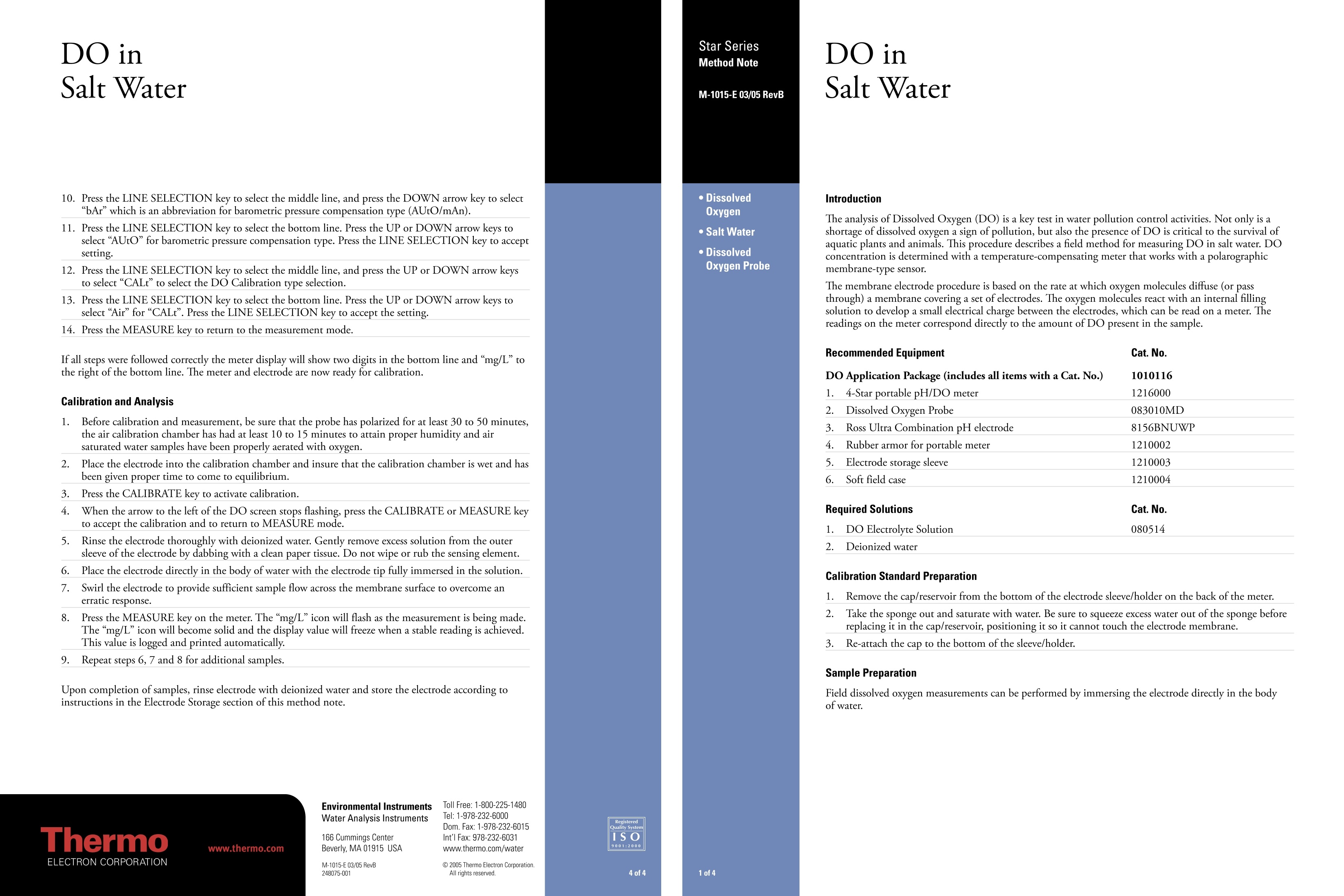
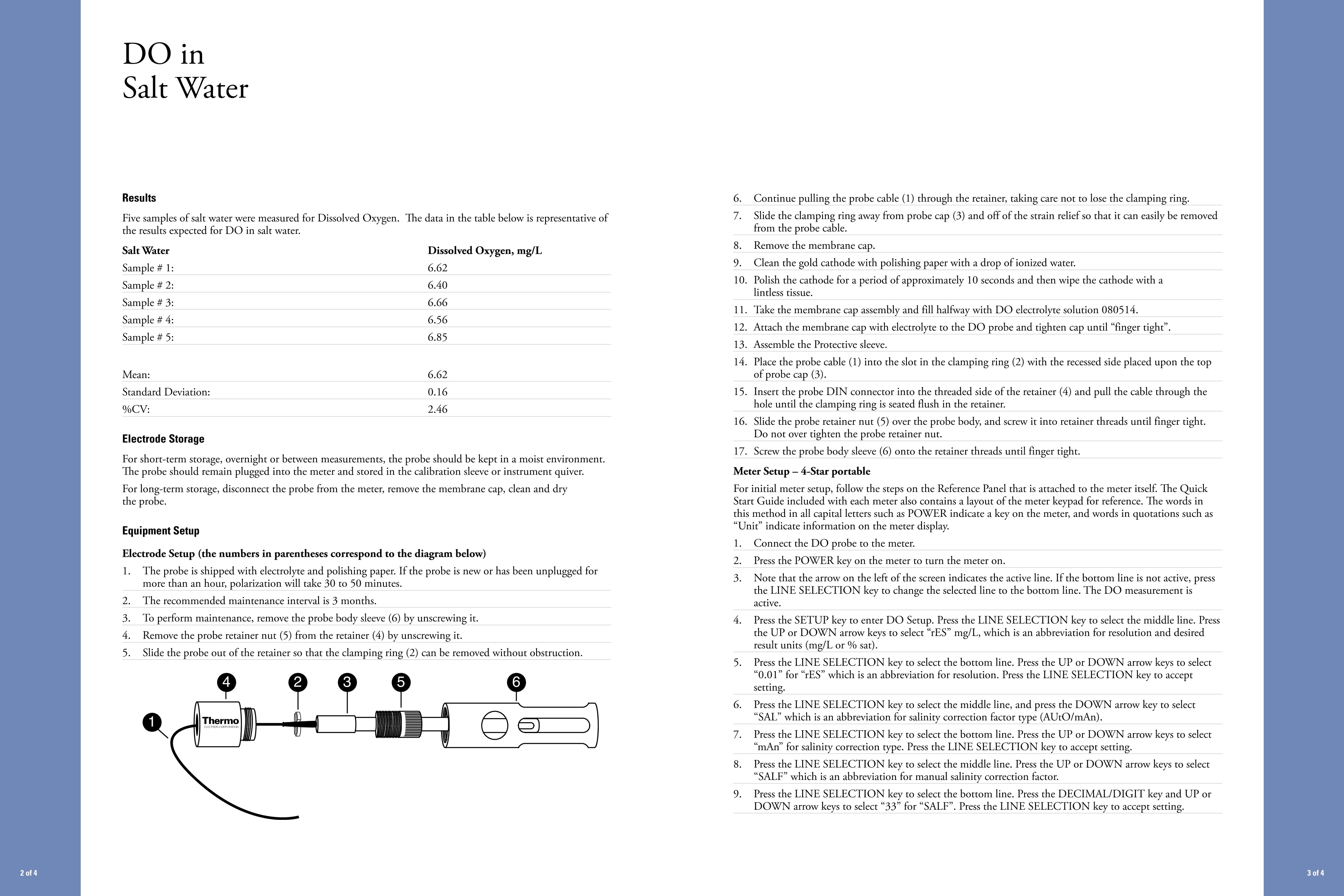
还剩1页未读,是否继续阅读?
赛默飞中国实验室产品事业部为您提供《环境水中有机物综合指标检测方案 》,该方案主要用于环境水(除海水)中有机物综合指标检测,参考标准--,《环境水中有机物综合指标检测方案 》用到的仪器有台式pH/ORP/ISE/溶解氧/电导率测量仪、Orion 4-Star系列台式(便携式)pH/离子浓度,pH/电导率,pH/溶解氧测量仪、Orion 4-Star台式(便携式)pH/溶解氧测量仪
推荐专场
水质分析仪/多参数水质分析仪
更多
相关方案
更多
该厂商其他方案
更多

